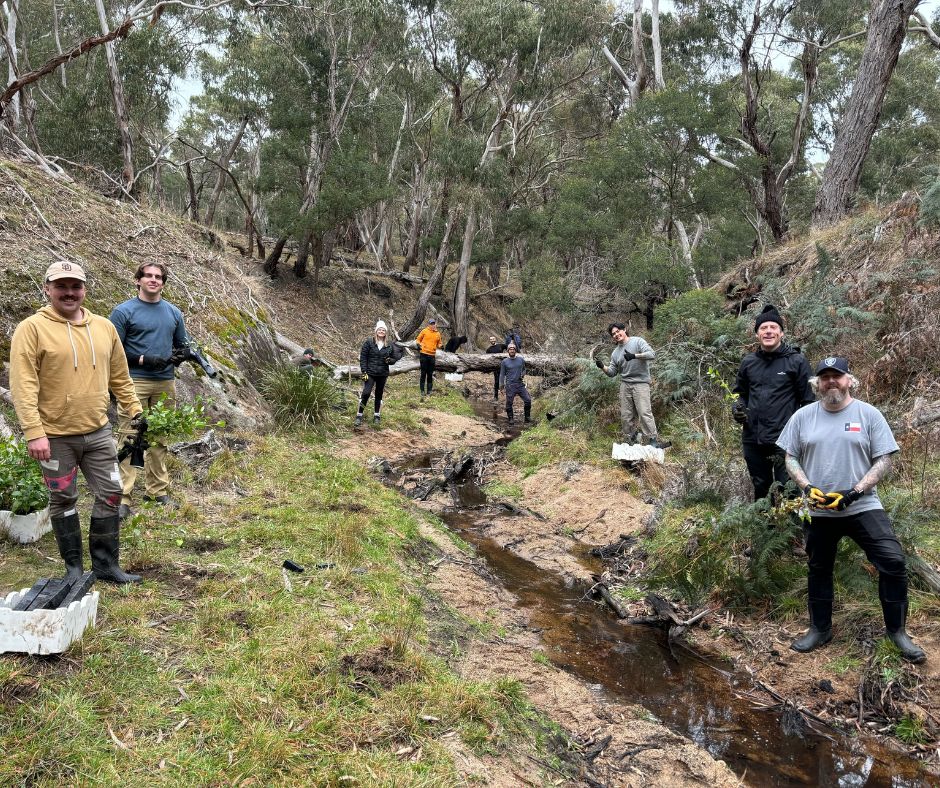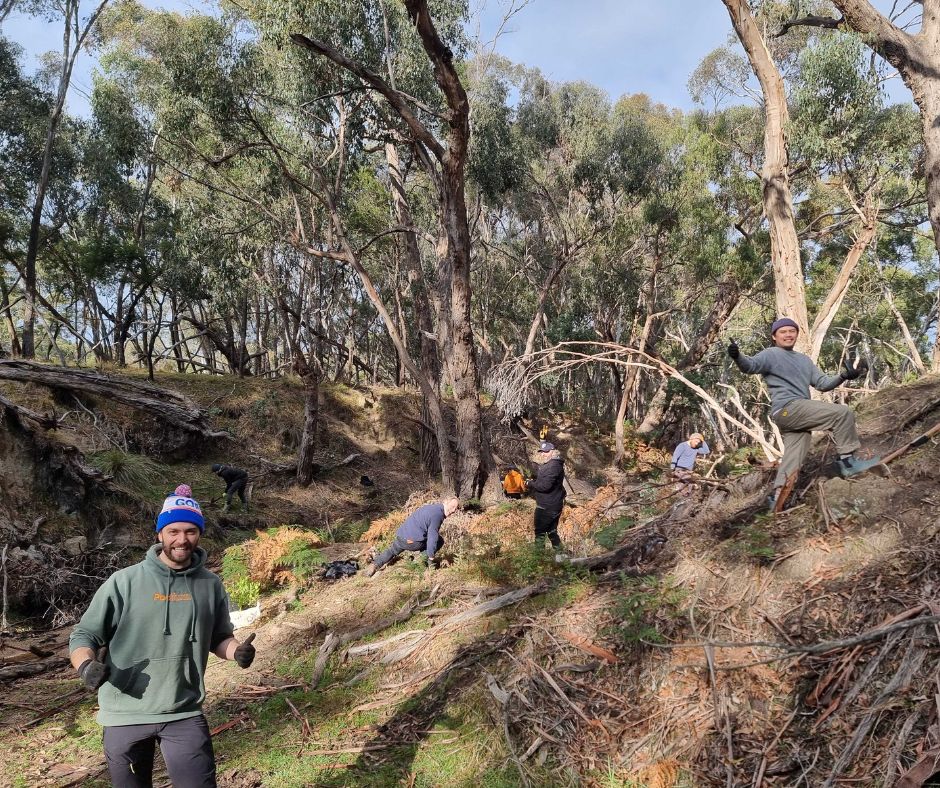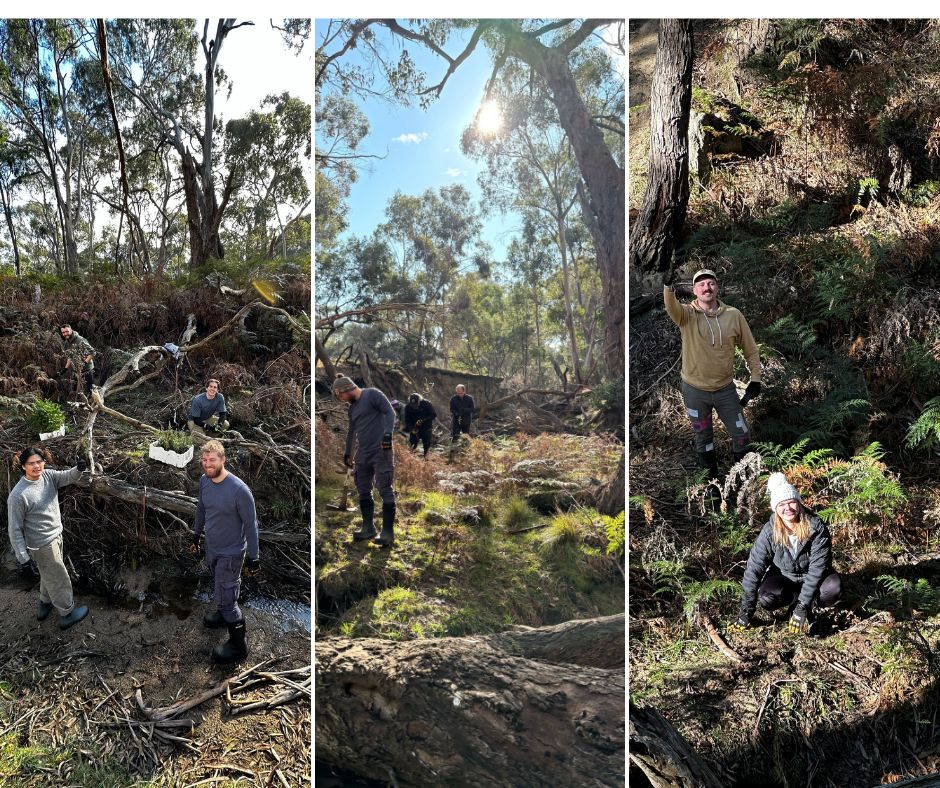
How Regenerative Land Management is Reviving 500 Acres North of Melbourne
Buying a Block and a Challenge
In December 2018, I bought a 500-acre block 1.5 hours north of Melbourne.
Albeit beautiful countryside, it was (and still is) poor farming country.
The topsoil is about 40 cm deep, granity sand with clay underneath.
It’s either so dry you can’t grow much, or so wet that in winter, driving on it will leave your chassis sunk into the ground. And in summer? It’s no better; the long grass becomes a serious fire risk, and neighbouring properties can lose livestock and even homes. As you can see, neither extreme is exactly attractive!
A Landscape Worth Loving
However, the beauty of the land is breathtaking. Enormous granite boulders, the size of houses, dot the landscape. Long-distance views stretch over open grasslands and small treed valleys, each with its own microclimate. It’s a paradise of natural diversity.
This is why I bought it — not for farming, but as a (far larger than intended) lifestyle block.
An Unexpected Ally: Themeda Grass
As it turns out, I’m lucky enough to have a lot of Kangaroo Grass (Themeda) growing on the property. We harvest it most years to help cover some of the ongoing costs — land tax, fencing, and the many infrastructure projects I’m working on (or dreaming about).
Partnering with TreeProject
One of those projects, and one very close to my heart, is replanting with the help of my beloved TreeProject. I started as soon as I’d bought the property, putting in plants that would have naturally grown here long ago.
The bush areas are now slowly beginning to show signs of life, with more diversity in what was once a largely denuded understory. With the poor soil, this is a slow process. Plants I thought had died are only now, after 3 to 4 years, resurfacing and showing healthy new growth, the kind of growth you’d expect to see after just one year in places like the Yarra Valley.
A Creek Comes Back to Life
One of the biggest success stories is the eroded seasonal creek. My 85-year-old neighbour tells me his father used to ride horses and cart through that creek to get to the main road when he was a young man. These days? There’s a 5-metre vertical drop — not exactly horse-and-cart friendly. An old fence, installed nearly a century ago, now hangs suspended in mid-air almost 4 metres above the ground.
Restoration in Motion
But here’s the good part: once I bought the land, I removed the cattle and sheep, and started planting water-loving plants in the creek bed, along with smaller species on the banks. Not only has the erosion stopped, it’s started to reverse.
In just six years, the creek bed in some spots has risen by 50–60 cm.
Give me another 50 years (and who knows what the world will be like by then — too pessimistic?) and maybe we’ll be riding horse and cart through the creek once again!
Turns out we really can make a difference. (Pessimism: neutralised!)
Come See for Yourself
If you’re keen to see the results, this is an open invitation.
For those interested, contact TreeProject to arrange a visit.


